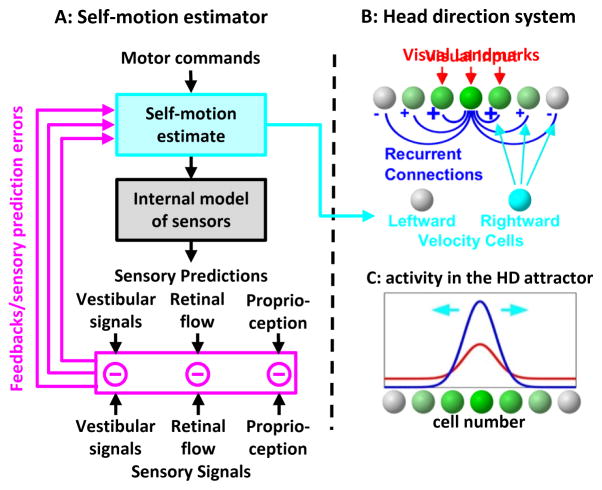Figure 1. Self-motion drive to the head direction system.
(A, B) Schematic of the self-motion estimator, where actual sensory signals (vestibular, proprioceptive, retinal flow) are compared with the corresponding predictions (generated through an internal model of the sensors) to generate sensory prediction errors (A, magenta) that improve the self-motion estimate (cyan). It is this final self-motion estimate, and neither the motor command nor the sensory prediction error (magenta), that has the appropriate properties (see simulations in Fig. 2) for updating the HD ring attractor (B), which is also anchored to visual landmarks. (C) Simulations of a HD ring attractor (Stringer et al., 2002) during random exploration. Activity of one neuron of the head direction attractor, under the influence of visual inputs alone (red) or with the additional influence of recurrent connections (blue). Self-motion signals result in a sideward shift of the hill of activity (cyan arrows).

